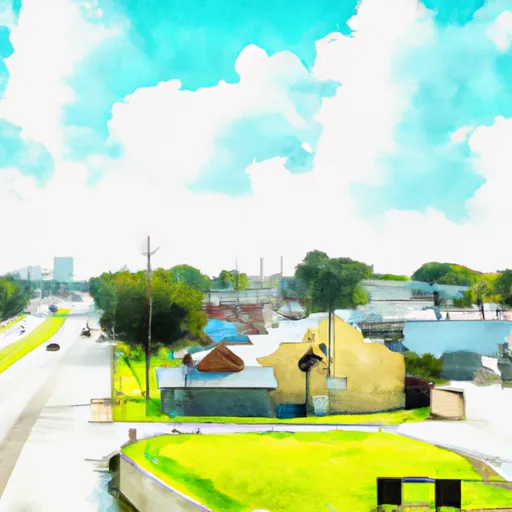°F
°F
mph
Windspeed
%
Humidity











Needville, Texas, located in Fort Bend County, offers a unique blend of small-town charm and natural beauty. The climate in Needville is characterized by hot summers and mild winters, with an average high temperature of around 94°F (34°C) in July and an average low temperature of approximately 41°F (5°C) in January. Summers are typically long and humid, while winters are short and relatively dry.
Needville is surrounded by several hydrology constituents, including the Brazos River and its tributaries. These water sources provide ample recreational opportunities, such as boating, fishing, and kayaking. Additionally, there are several nearby lakes and reservoirs where outdoor enthusiasts can enjoy water sports and scenic views.
Outdoor recreation opportunities in Needville extend beyond water activities. The town is known for its vast open spaces, which make it ideal for camping, hiking, and birdwatching. The area boasts an abundance of wildlife, including deer, birds, and small game, making it a popular spot for hunting and wildlife photography.
In summary, Needville, Texas, offers a diverse climate with hot summers and mild winters. With its proximity to the Brazos River and other hydrology constituents, residents and visitors can enjoy various water-based activities. Additionally, the town's open spaces provide ample opportunities for outdoor activities like camping, hiking, and hunting, making it an attractive destination for nature enthusiasts.
Weather Forecast
Needville receives approximately 1189mm of rain per year, with humidity levels near 90% and air temperatures averaging around 21°C. Needville has a plant hardyness factor of 9, meaning plants and agriculture in this region tend to thrive here all year round.
Regional Streamflow Levels
65
Cubic Feet Per Second
28
Cubic Feet Per Second
260
Cubic Feet Per Second
6
Cubic Feet Per Second
Nearby Camping
| Camping Area | Reservations | Toilets | Showers |
|---|---|---|---|
| Stubblefield Lake | |||
| Riverside Park - Bay City | |||
| FM 521 River Park | |||
| Kellys Pond Dispersed | |||
| Brazos Bend State Park | |||
| Spring Creek Park |



